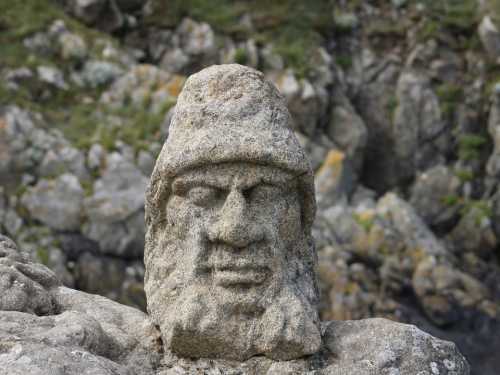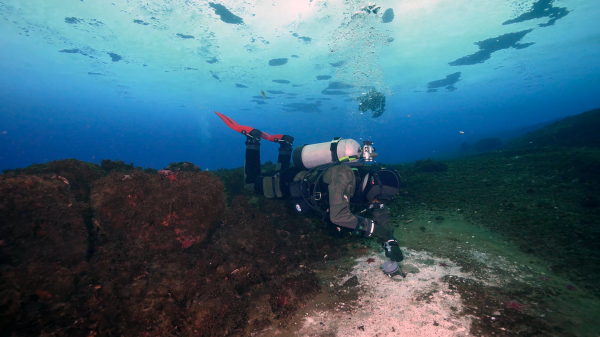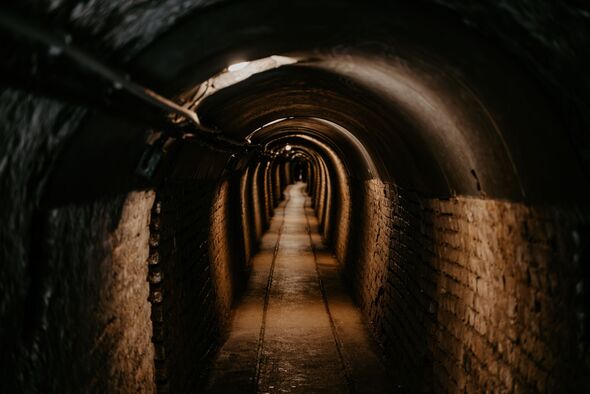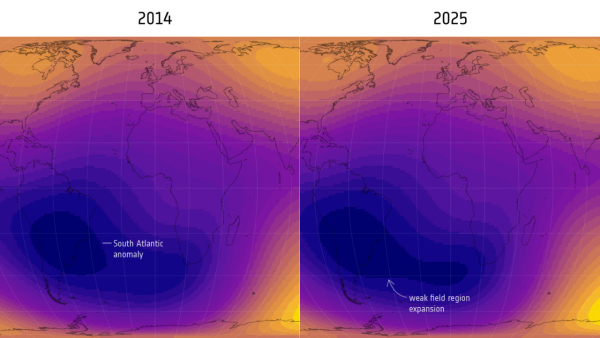
How do you imagine ancient people? In movies, we are shown them as gloomy and stupid giants with heavy clubs, living in caves and fighting dinosaurs. And the very idea that scientists still argue whether humans descended from apes is more of a social myth than a scientific reality.
Let's look at some myths and facts about ancient people and find out what they looked like and how they actually lived.
❌ Homo sapiens is the only species of humans
The Homo lineage is a branching bush, not a straight line, which currently has 14-15 branches. Some species were transitional to others, some developed in parallel.
40,000 years ago, at least three species of humans inhabited the Earth: our direct ancestors Homo sapiens (known in Europe as Cro-Magnons), the Denisovans, and the Neanderthals. Their ranges intersected in the Middle East. Some of these neighbors have since died out, but the effects of their encounters can still be detected in our genes.
❌ Man is not a primate
The human genome is 98% identical to the chimpanzee genome, and this alone proves the opposite. We have the same structure of organs and skeleton (different proportions), the same blood types and Rh factor.
Chimpanzees can cooperate to hunt and defend their territory, make tools, learn easily, and can remember up to 3,000 words. We share similar forms of care for our young, sexual behavior, facial expressions, and emotional expressions. Of course, modern humans are NOT directly descended from apes. The emergence of any species is a long and gradual process. We share a common ancestor with apes, and we are also primates.
❌ Ancient people didn't get sick
Life in harsh conditions caused many pathologies in the body of ancient man. Wounds, injuries, dislocations and fractures were standard for every ancient hunter. Added to this were pathologies of the vertebrae and joints – a consequence of heavy physical exertion.
In old age, teeth often fell out and wore out. Congenital genetic diseases occurred. Often, wounds received in a fight with a wild animal or a neighbor became infected. Ancient people died from diseases more often than modern people.
❌ Vegetarianism is the modern mainstream
Not at all! It is known that paranthropus were mainly herbivores. Our evolutionary paths diverged ~2.7 million years ago. They had huge jaws for chewing grass and hard vegetation. But they periodically raided termite mounds for protein.
However, this narrow dietary specialization made paranthropus dependent on environmental conditions. When the climate changed, their diet became a losing strategy. While they relied on vegetation, our omnivorous ancestors developed brains, tools, and hunting skills, which proved to be a more flexible approach and ultimately led to victory in the evolutionary race. However, our ancestors did not completely abandon eating plants.
Ancient people couldn't eat as much meat and fish as modern people, but they did consume roots, flowers, and herbs that almost no vegan today would eat: thistles, water lilies, and reeds.
The food of primitive people, coarse and poorly cooked (or even raw), was significantly inferior to modern food in taste and nutritional value.
❌ Aggression is a human flaw
Aggression is far from an invention of humanity. Killing members of one's own species, even organized violence and genocide, is also observed in the lives of seemingly peaceful chimpanzees.
Although they are friendly towards adult males within their social group, they are ruthless towards enemies. Anthropologists consider aggressive interactions to be one of the drivers of evolution. Why?
The higher the level of intelligence, cooperation, and selflessness in a group, the more their enemies needed those same qualities. And those who could not give a worthy rebuff to their adversary died out.
You had to be not only smart and willing to help others, but also physically tough to survive.
❌ The “missing link” was never found
In the 19th century, science was not yet aware of intermediate forms that illustrate the possibility of the origin of one species from another.
But scientists believed that over time, such organisms would definitely be found. And so it happened: today, many paleontological finds are known that prove the kinship of some groups of animals with others. This applies not only to primates, but also to many other modern inhabitants of the planet.
Opponents of the theory of evolution believe that there are no transitional forms between ape-like creatures and modern humans. This means that humans did not have a common ancestor with modern primates, but appeared in some other way. But this is not true: so many intermediate forms have already been found that you can't even remember them.





